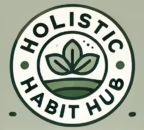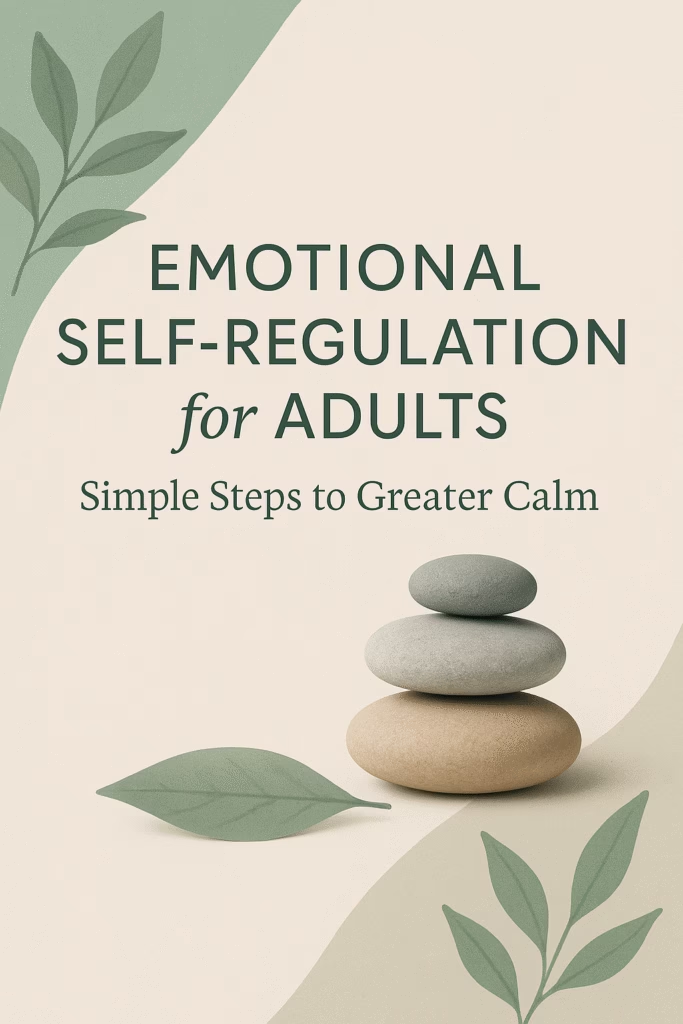Simple Steps to Greater Calm
Emotional self-regulation for adults means noticing and understanding your emotions before they control your actions. It involves creating space between a feeling—such as anger or anxiety—and how you respond. When you pause and apply simple, research-backed techniques, you shift from reacting impulsively to making calm, clear-headed choices. Over time, this skill builds resilience and helps you face life’s challenges with greater ease.
Benefits
Practicing emotional self-regulation brings multiple advantages. You’ll reduce overall stress and experience fewer mood swings. Learning to manage emotions improves decision-making under pressure, so you can navigate work deadlines, traffic jams, or tense conversations more smoothly. Consistent practice also strengthens relationships: when you respond thoughtfully instead of out of impulse, others feel heard and respected. Finally, better emotion management supports physical health by lowering blood pressure and reducing tension-related aches.
How to Pause and Breathe
When you notice tension—tight shoulders, racing thoughts—stop and breathe. Inhale through your nose for four counts, hold two, then exhale through your mouth for six. Repeat three times. This simple breathing cycle activates your parasympathetic nervous system, shifting your body from “fight-or-flight” to calm and giving you a moment to choose your next action.
How to Label Your Feeling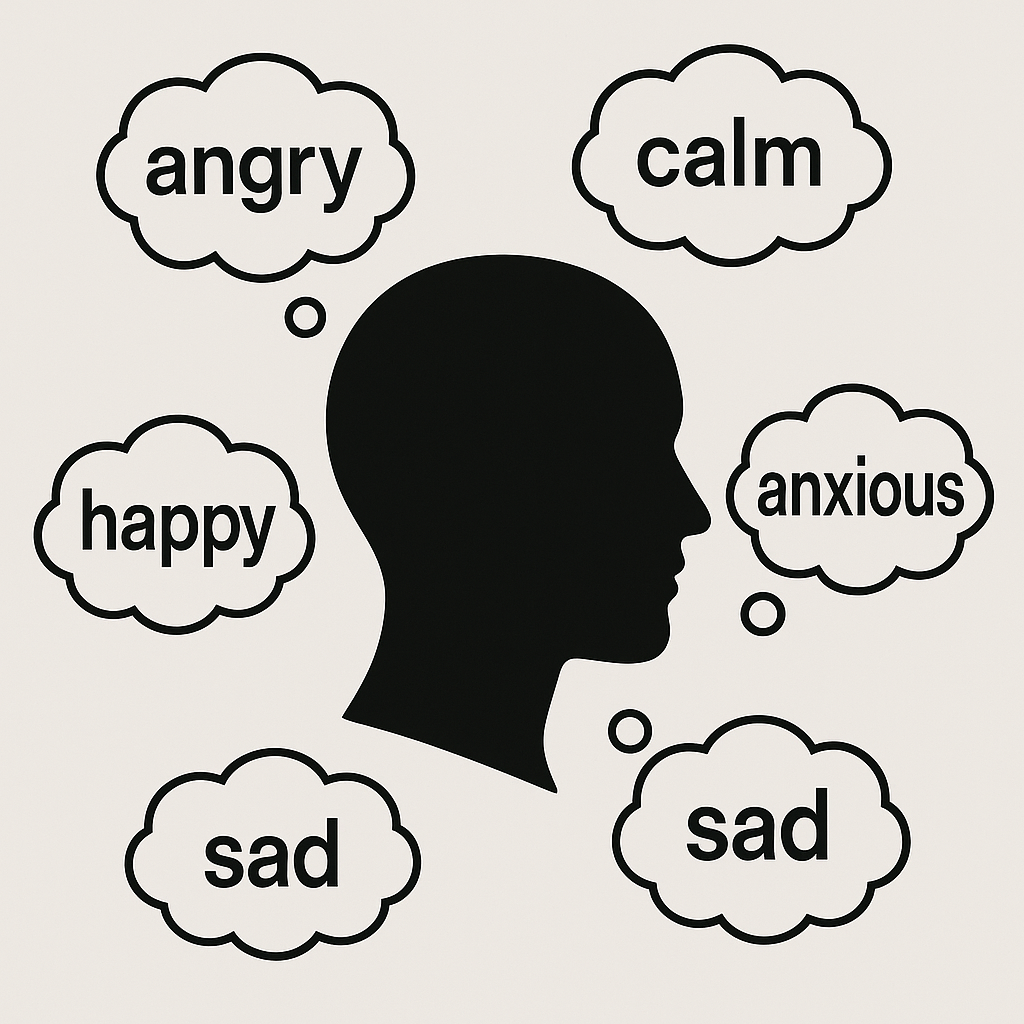
Naming an emotion reduces its power. Silently say to yourself, “I’m feeling frustrated,” or “I notice worry in my chest.” Research shows that labeling decreases activity in the brain’s emotional center and increases control in thinking regions. This step helps you view your feeling more clearly and decide how to address it.
How to Reframe Your Thoughts
Once you’ve labeled the feeling, challenge negative thoughts. Ask, “What’s another way to see this?” If you catch yourself thinking, “I can’t do this,” shift to, “I’m learning to handle it better each time.” This gentle mental pivot turns self-criticism into encouragement and opens pathways for problem-solving.
How to Ground in the Present
Engage your five senses to return to the moment. Notice three things you see—perhaps the cover of a book or a plant on your desk. Listen for two distinct sounds, like distant traffic or birdsong. Feel one physical sensation: the texture of your chair or your feet on the floor. Grounding reduces rumination and anchors you where you are.

Build an Emotional Toolbox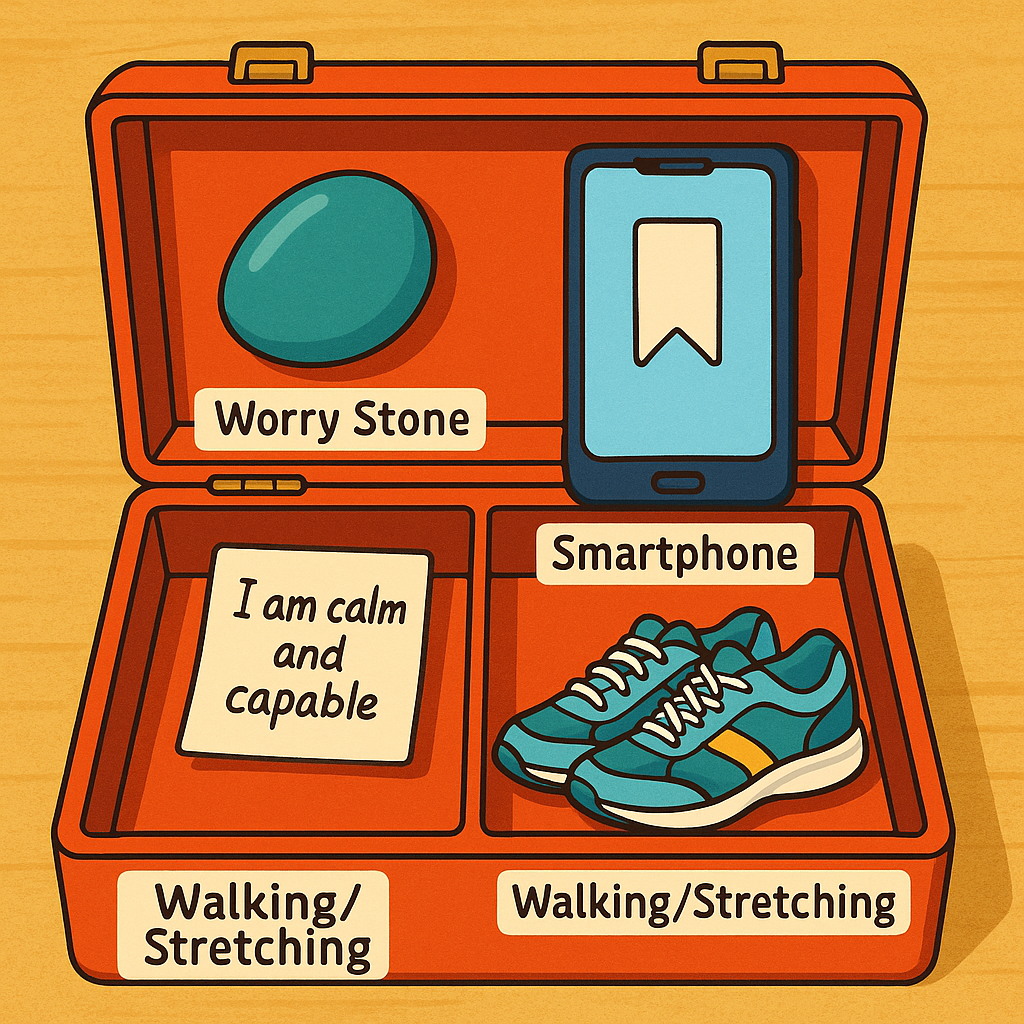
Prepare quick-access tools you can use anytime:
-
A smooth worry stone to rub during tense moments
-
A bookmarked two-minute breathing video on your phone
-
A written affirmation such as “I am calm and capable”
-
A short walk or stretch routine
Having these ready ensures you can act on self-regulation instincts rather than wait for stress to overwhelm you.
Reflect and Journal
Set aside five minutes each evening to note how you managed feelings that day. Record one success and one challenge. For example, write, “I paused before responding to an email that stressed me” as a win, and “I felt overwhelmed during the meeting” as a challenge. Reflecting reinforces progress and highlights areas to focus on tomorrow.
Mindful Moments: A Guided Journal for Calming the Mind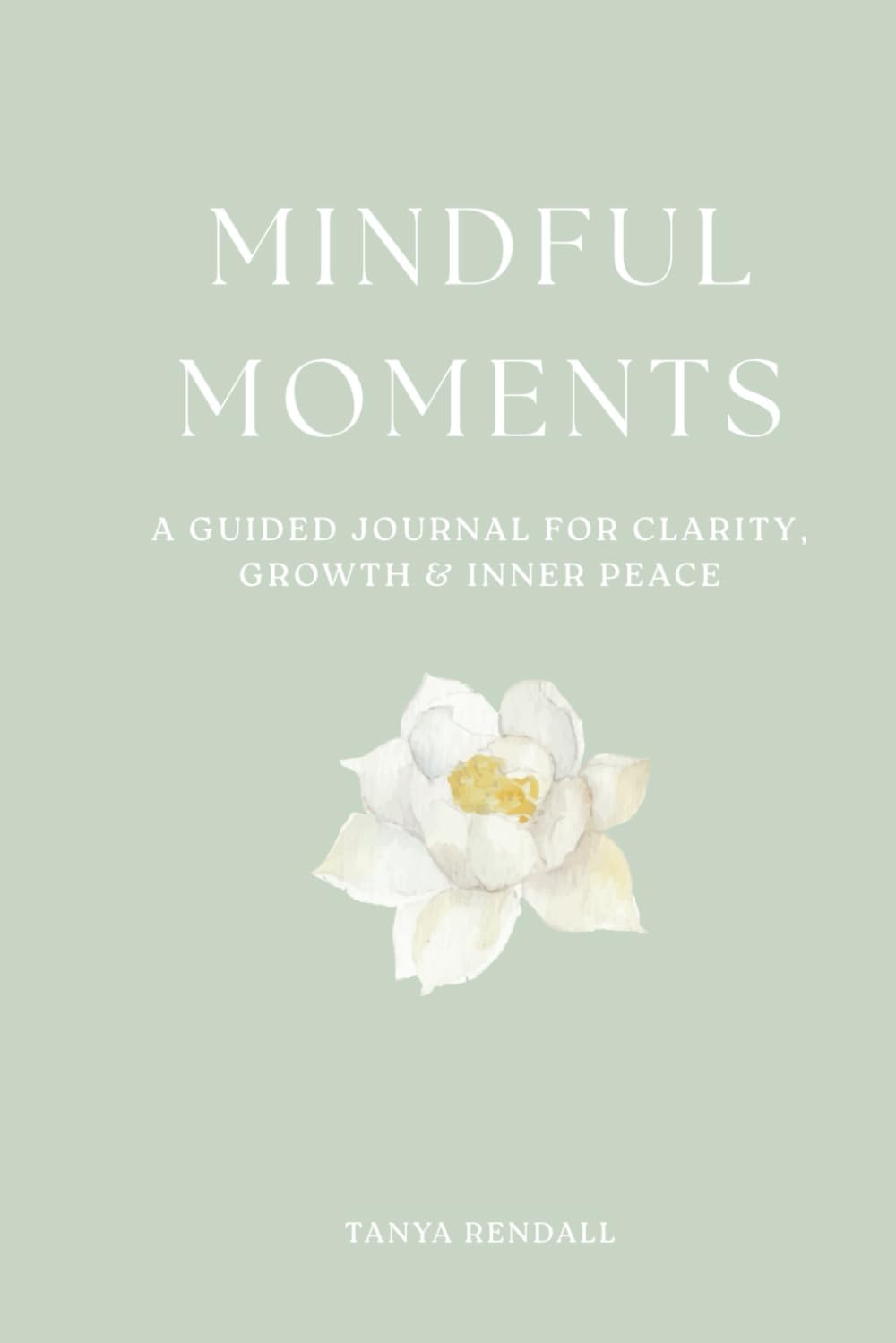
This beautifully designed journal features daily prompts for reflection, breathing exercises, and gratitude lists. It offers bite-sized, research-backed activities you can complete in minutes. Each page guides you to notice feelings, practice calm-down techniques, and celebrate small wins—perfect for busy adults seeking lasting peace. Buy it on Amazon!
Conclusion
Building emotional self-regulation for adults takes practice but delivers powerful rewards. By pausing to breathe, labeling feelings, reframing thoughts, grounding your senses, and using tools in your emotional toolbox, you’ll cultivate a more balanced, resilient mindset. Start with one technique today, reflect on your experience, and celebrate each moment of calm you create. Over time, these simple steps become lifelong habits that support healthier stress management and deeper well-being.
For more on holistic wellness and calming your body from the inside out, check out our article Clean Eating Power.
Ready to take the next step? Grab your copy of Mindful Moments: A Guided Journal for Calming the Mind and begin your journey toward lasting calm—one mindful moment at a time. Then share your experiences and breakthroughs with #HolisticHabitHub!
